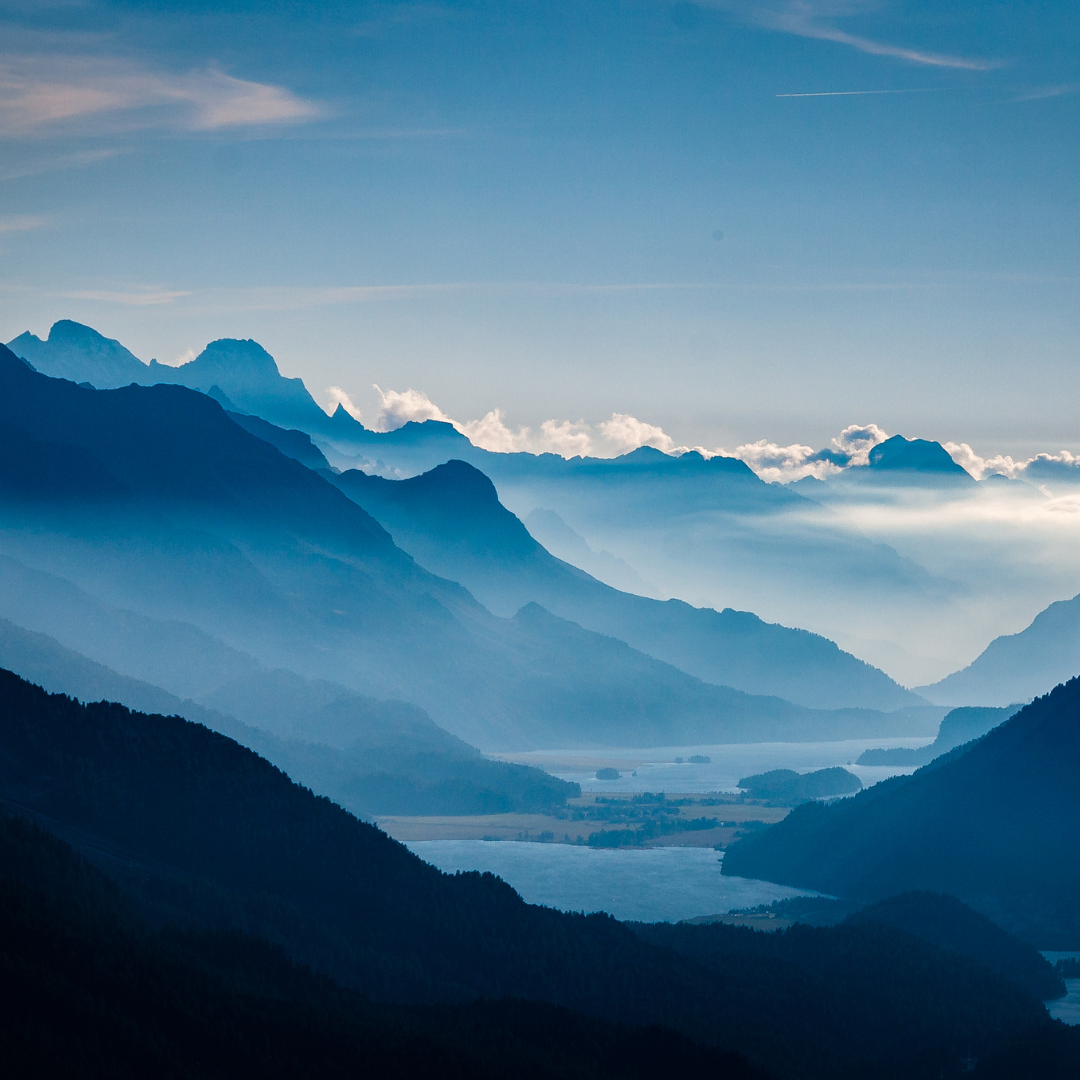
Why mountains matter?
While driving me to school each morning, my mother would often wistfully recount how the hillsides, now dotted with buildings, were once verdant rolling grasslands. I didn’t really pay attention then. It wasn’t until I left for college last summer, that I realised how lucky I was to have grown up in the Nilgiris, where there was still so much natural beauty that I had taken for granted.

Ask anyone, and they will agree that mountains are beautiful, and they are a relaxing getaway from city life. But is that all they are?

Mountains are much more important than we give them credit for. They regulate global climate patterns, capture and store significant amounts of water, and support a wide range of biodiversity. “Mountains are the world’s “water towers,” providing 60-80% of all freshwater resources for our planet. At least half of the world’s population depends on mountain ecosystem services to survive – not only water but also food and clean energy.”, says Grammenos Mastrojeni, former chair of Mountain Partnerships.
He goes on to add, “On the other hand, mountains attract around 20% of global tourism, host nearly one-quarter of all terrestrial biodiversity, and are home to many of the foods that come to our tables. Yet, they are home to some of the poorest and hungriest people in the world.”

The Nilgiris mountains are one such magnificent landforms that are in danger. They are 200 million years old, making them four times older than the well-renowned Himalayas! Shola forests that are an integral part of these mountains are home to endangered endemic animals, birds, reptiles, and plants, and indigenous tribes. Shola trees are dwarf evergreen trees native to the Nigiris, that act as a perennial source of water for the rivers downstream. Sholas are essential to maintaining the ecosystem of the Nilgiris, because without them the hydrological system collapses.

The forests are also home to the Kurinji. Unlike your average flower, the Kurinji blooms only once in twelve years. And when it does, the hillsides are adorned with a sea of purplish-blue flowers, giving the Nilgiris its second name, “The Blue Mountains”. There are a number of species, both among the flora & fauna, that are considered vulnerable because of the decreasing Shola forests.

Todas, Badagas, Kotas, Kurumba, and Irulas are the 5 main indigenous communities of the Nilgiris. The Todas are pastoral people, the Badagas are agriculturalists, the Kotas are artisans, the Kurumbas are food gatherers, and the Irulas have ancient and intimate knowledge of herbal medicine. Though each community has its own unique customs, they traditionally interacted with each other as an ecosystem, exchanging traditional knowledge and sharing their resources. Imagine the things that we could accomplish as a society if we implemented their mindset for ourselves!

The last few decades have been a turning point for the Nilgiris, as the tourism and agricultural industries have significantly grown. Though this may be good for the region's economy, this has come with a huge amount of deforestation and pollution. This has led to frequent flooding and landslides, and unsafe water and air, endangering the lives of locals. The Nilgiris has deteriorated significantly, and we will never be able to go back to how it once was. However, this gives us no excuse to allow matters to get worse. We must conserve what we still have.


